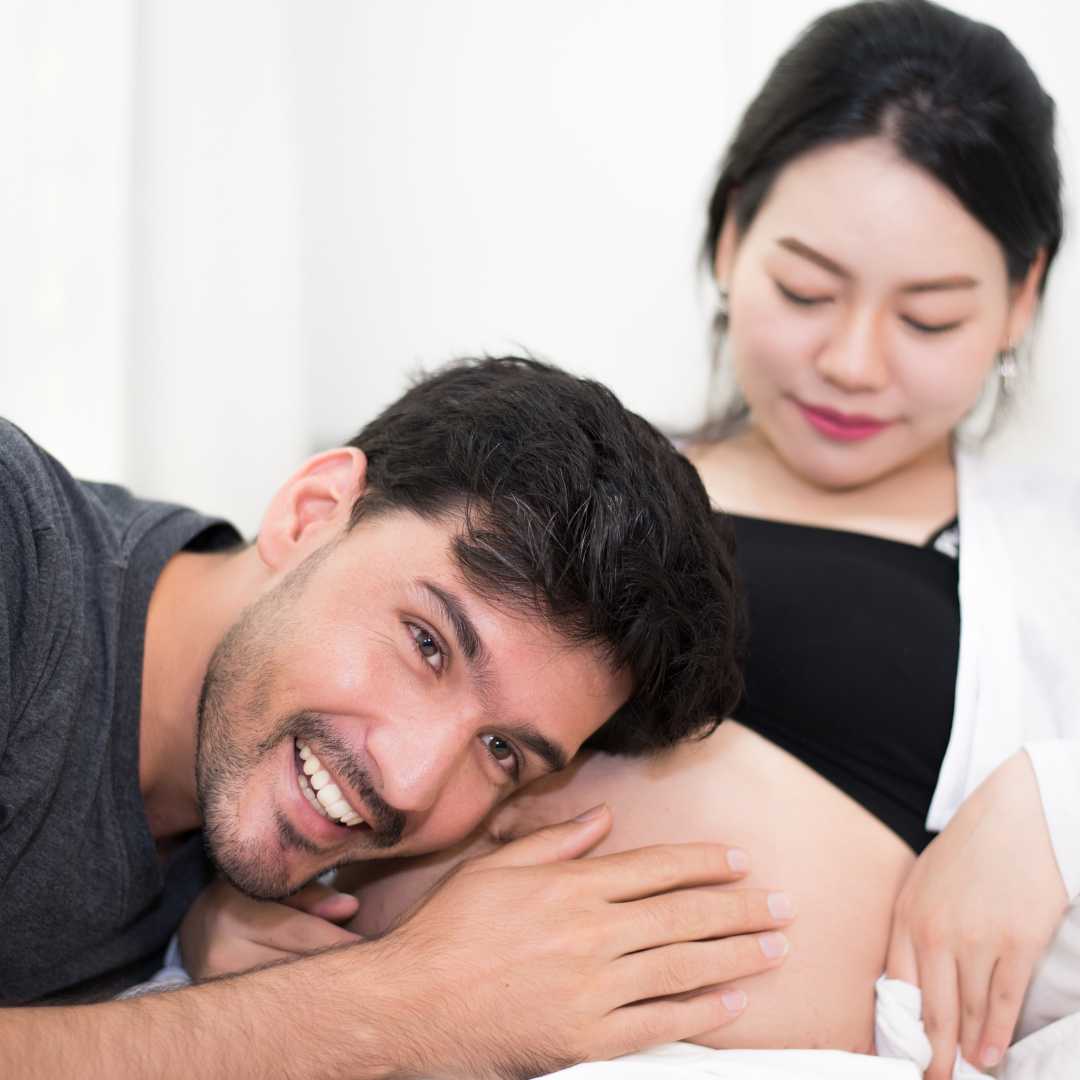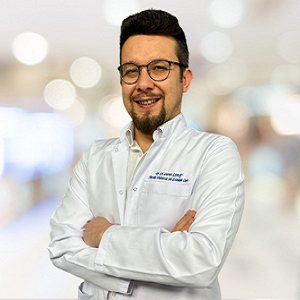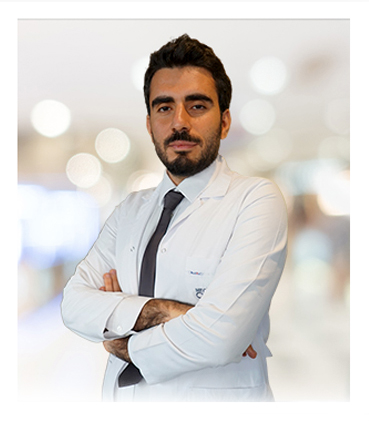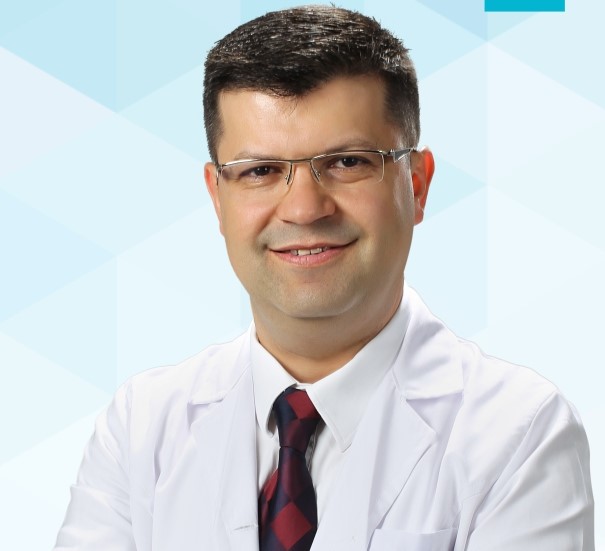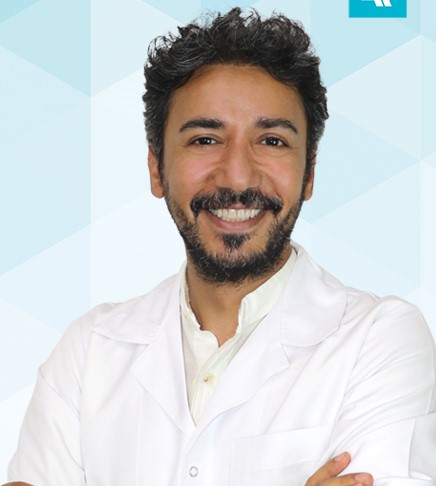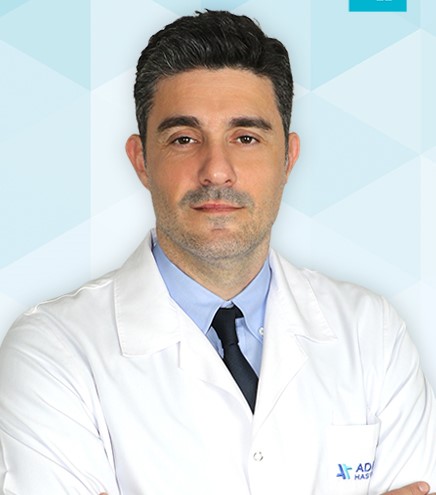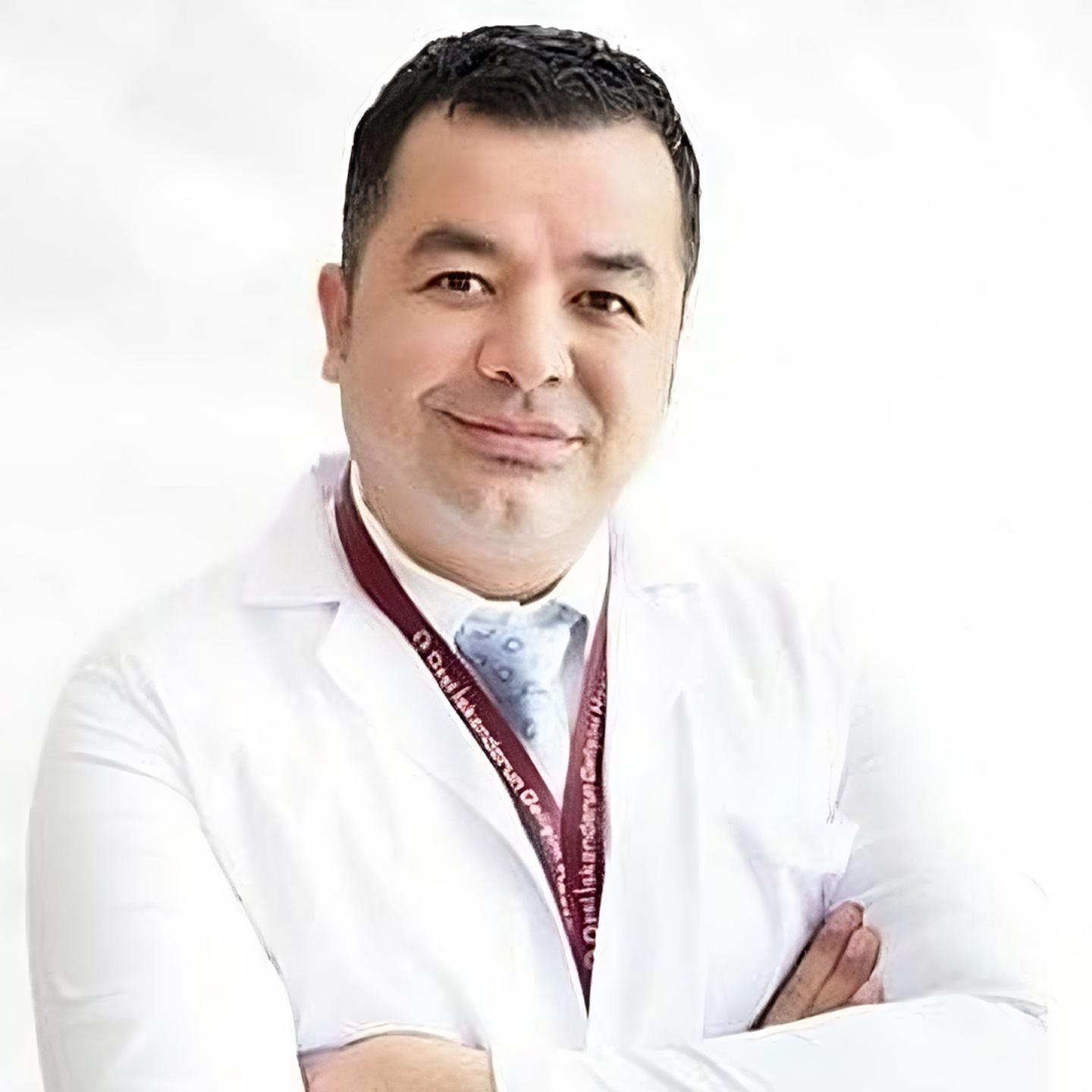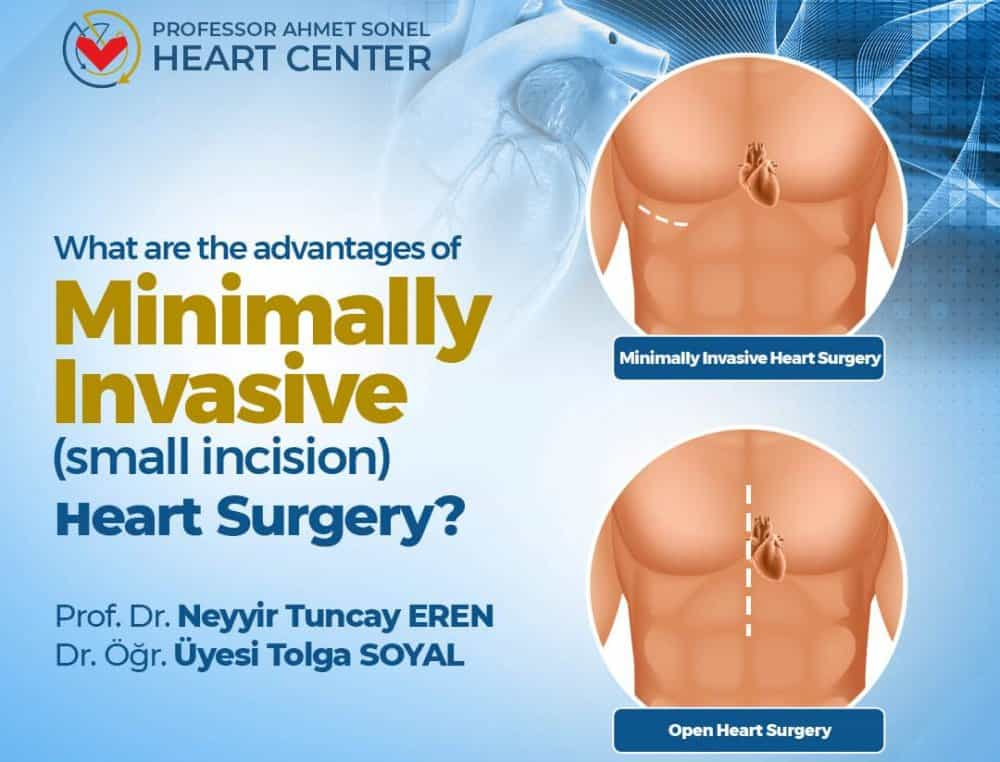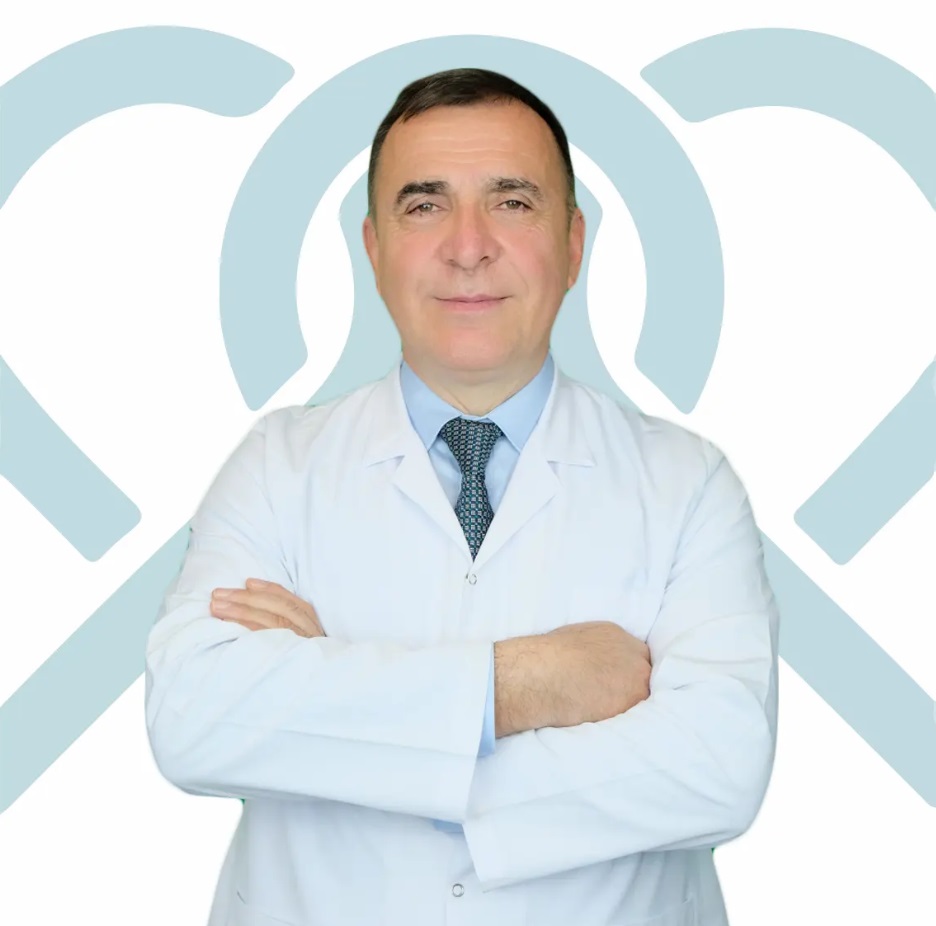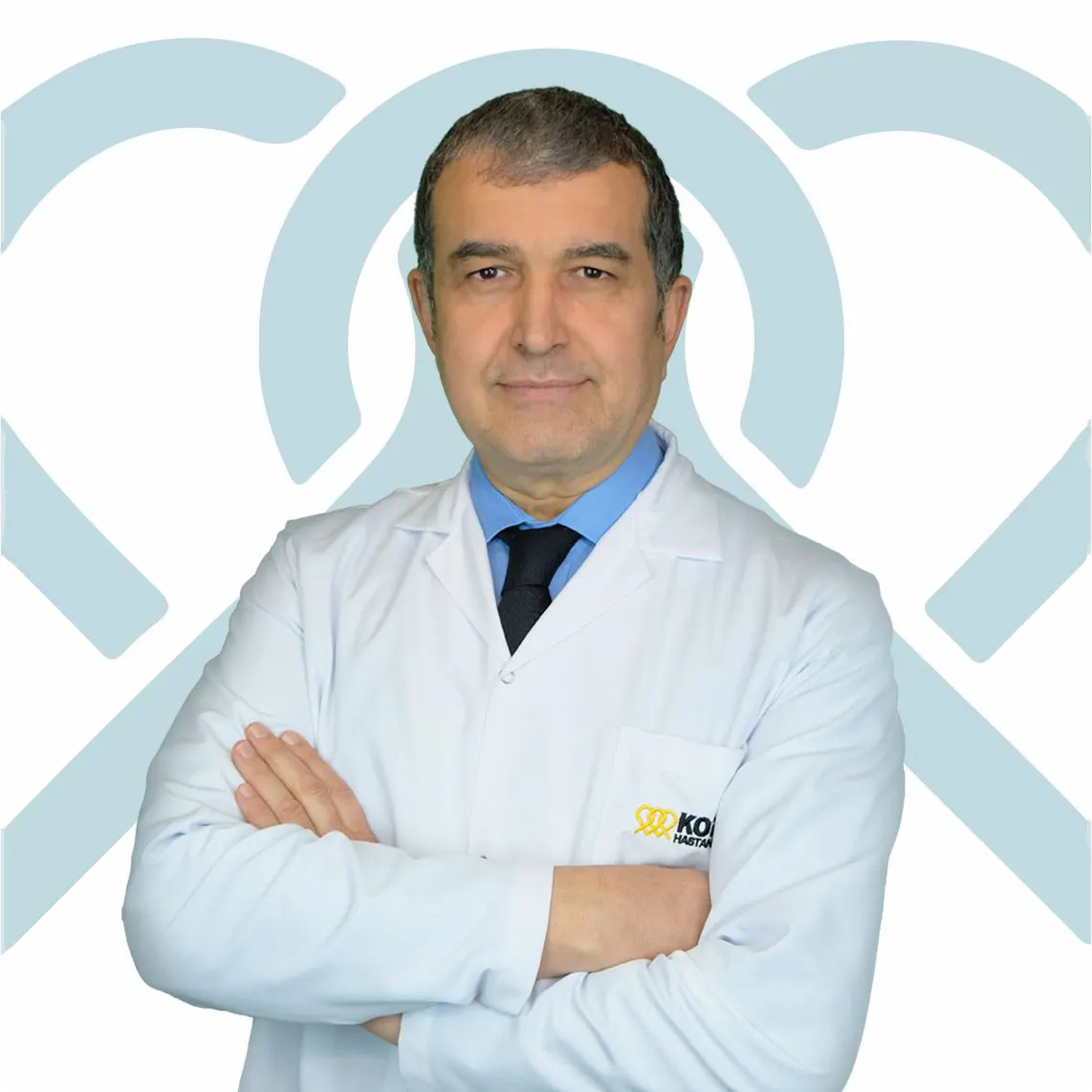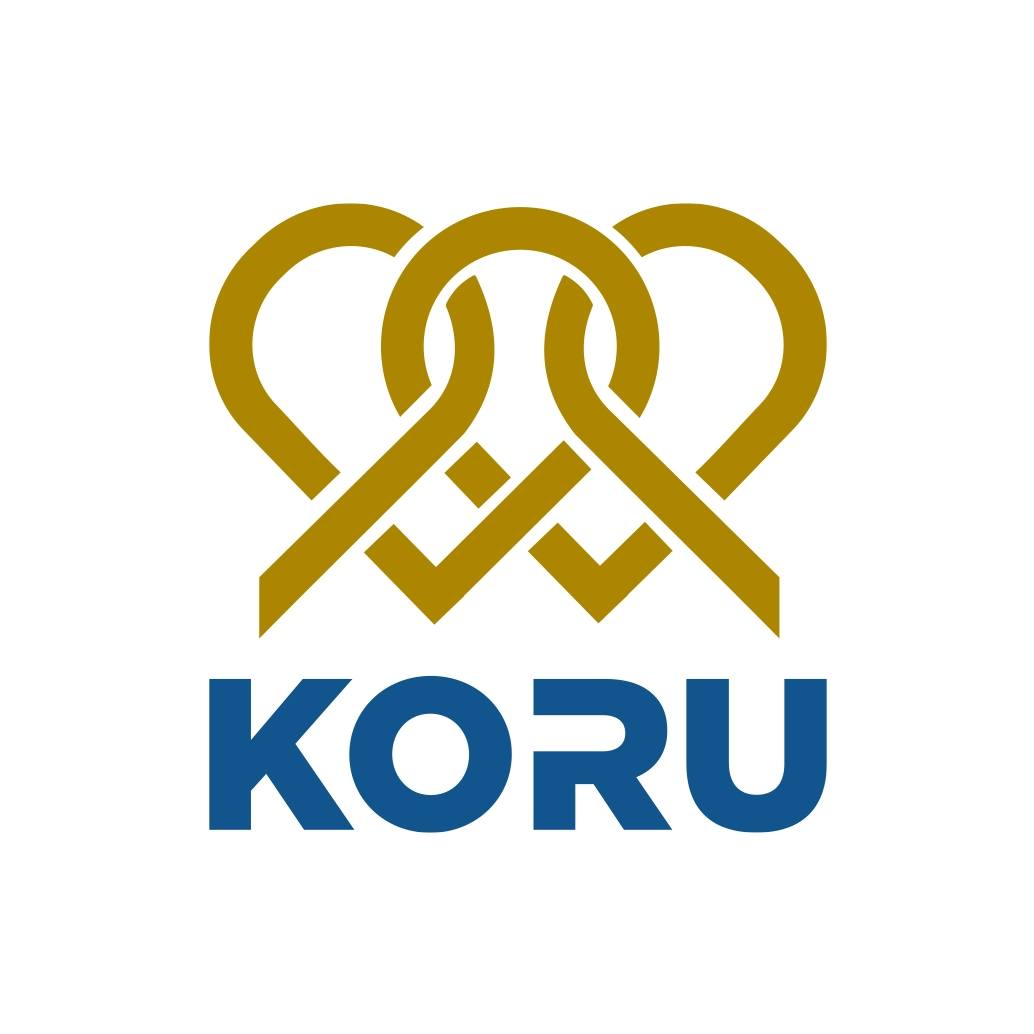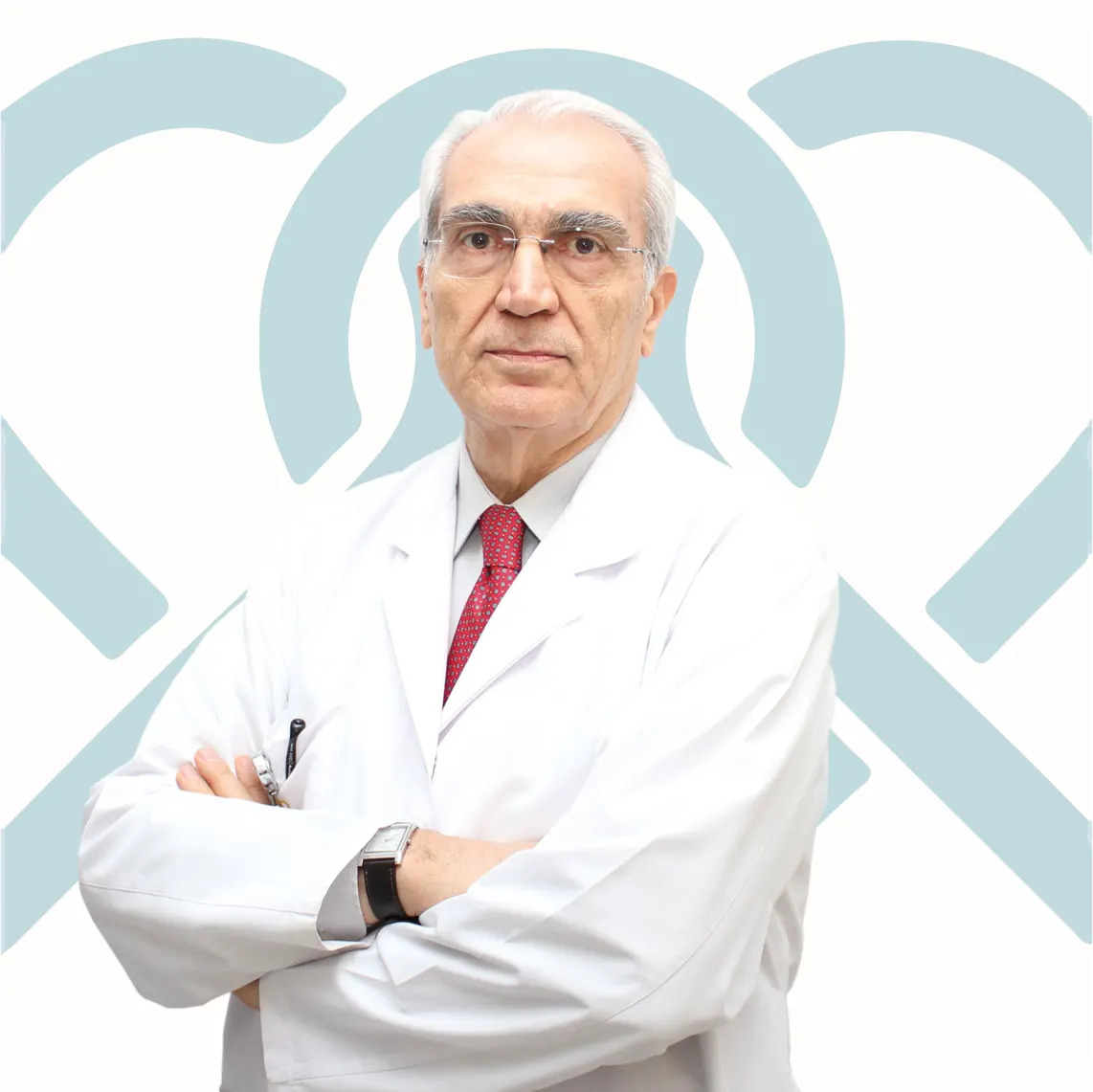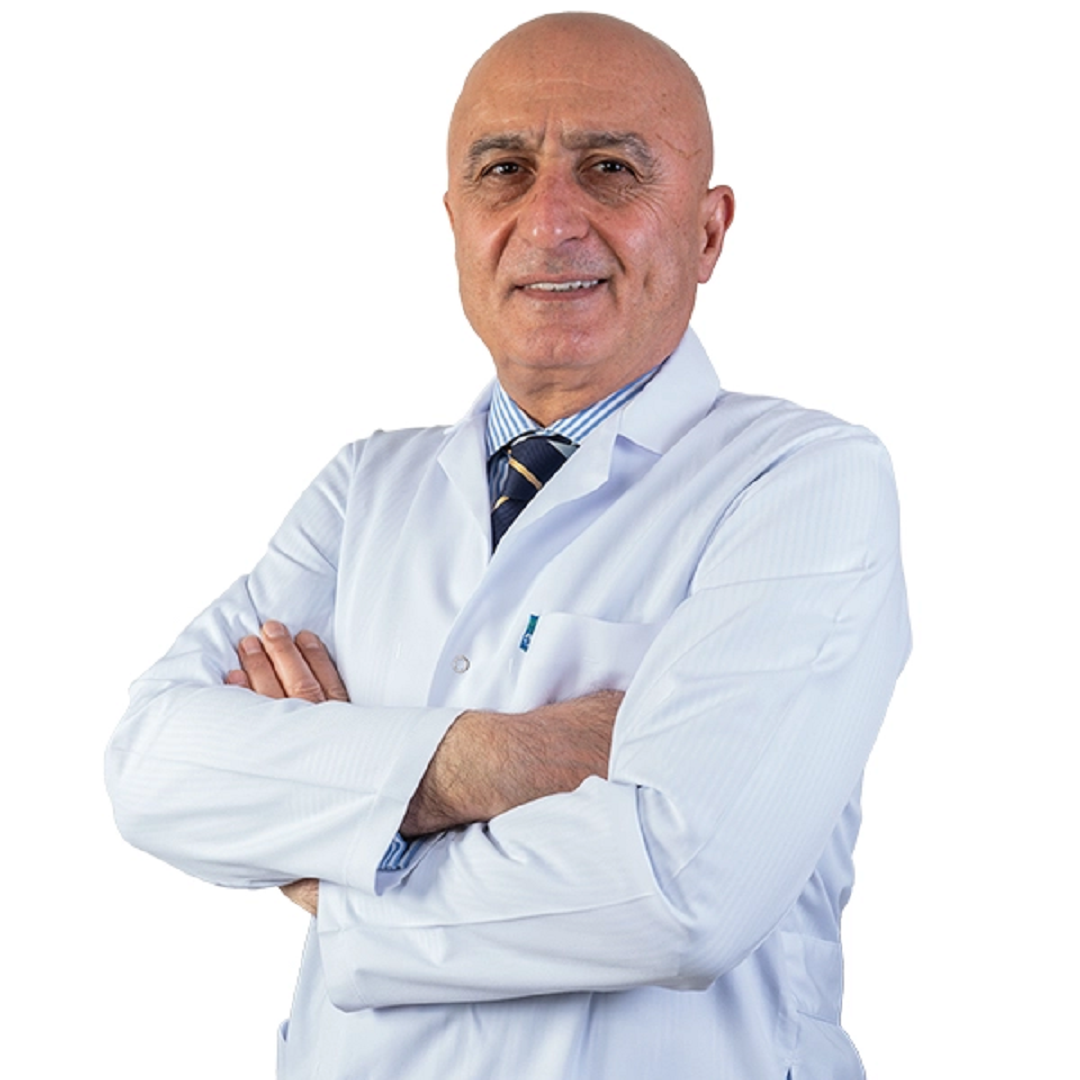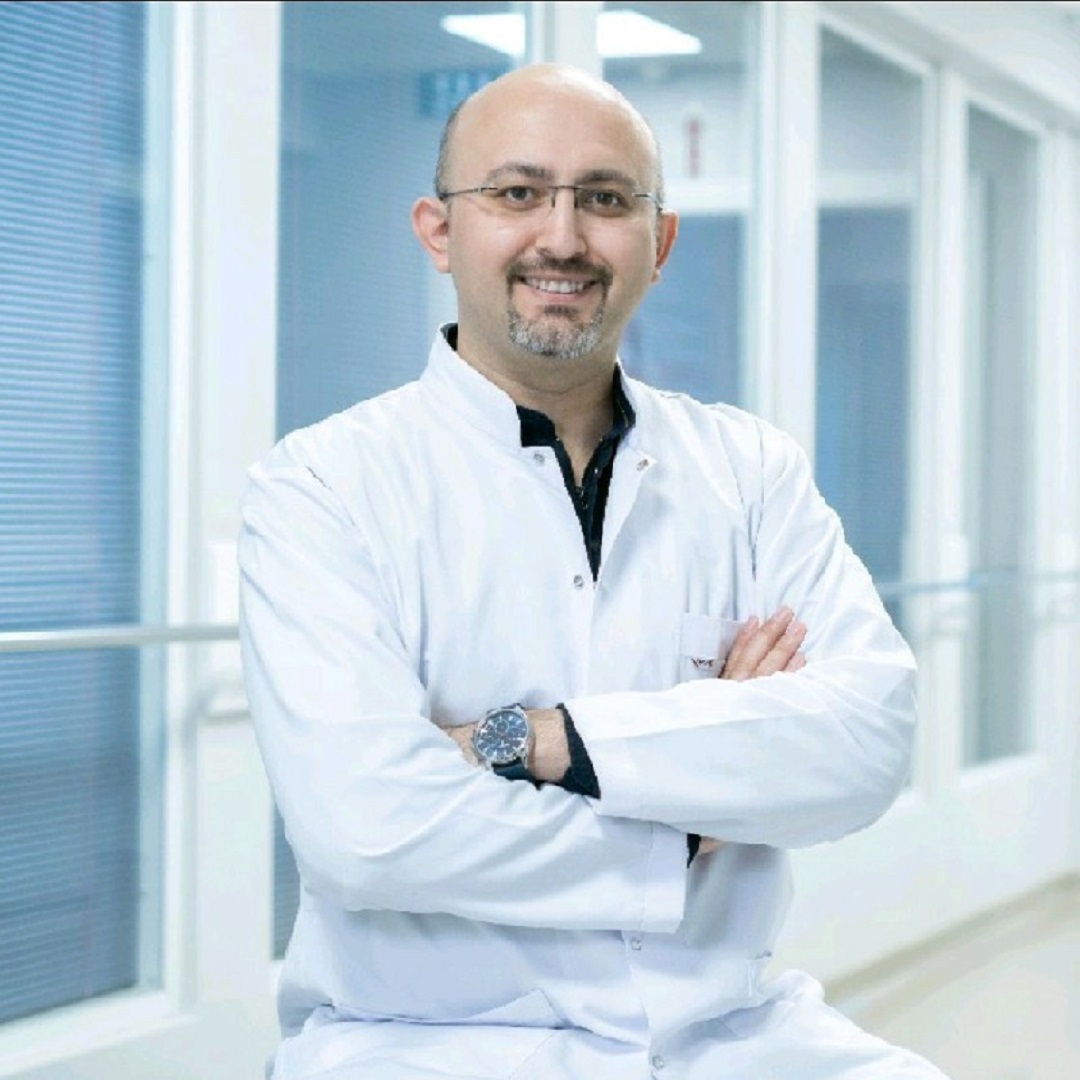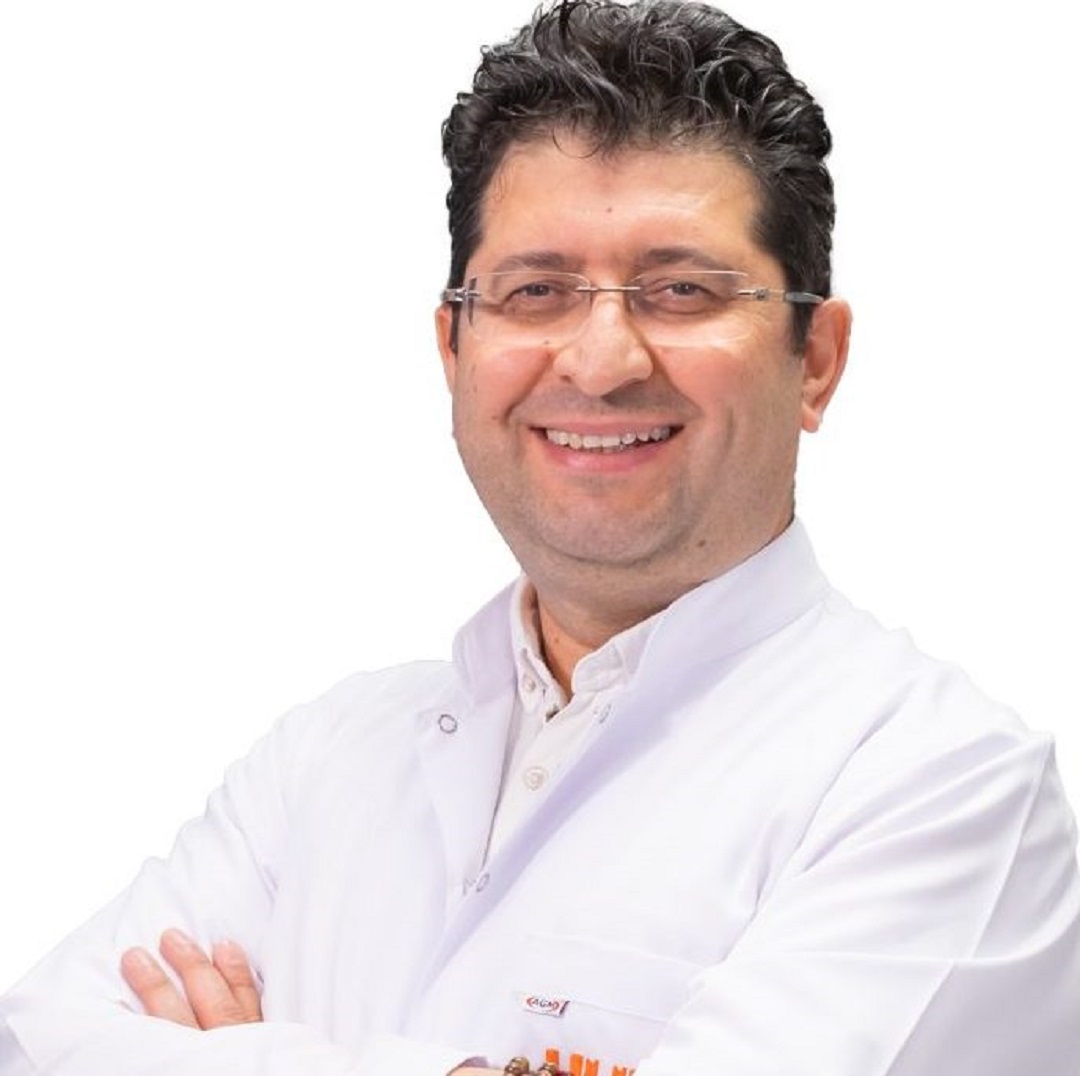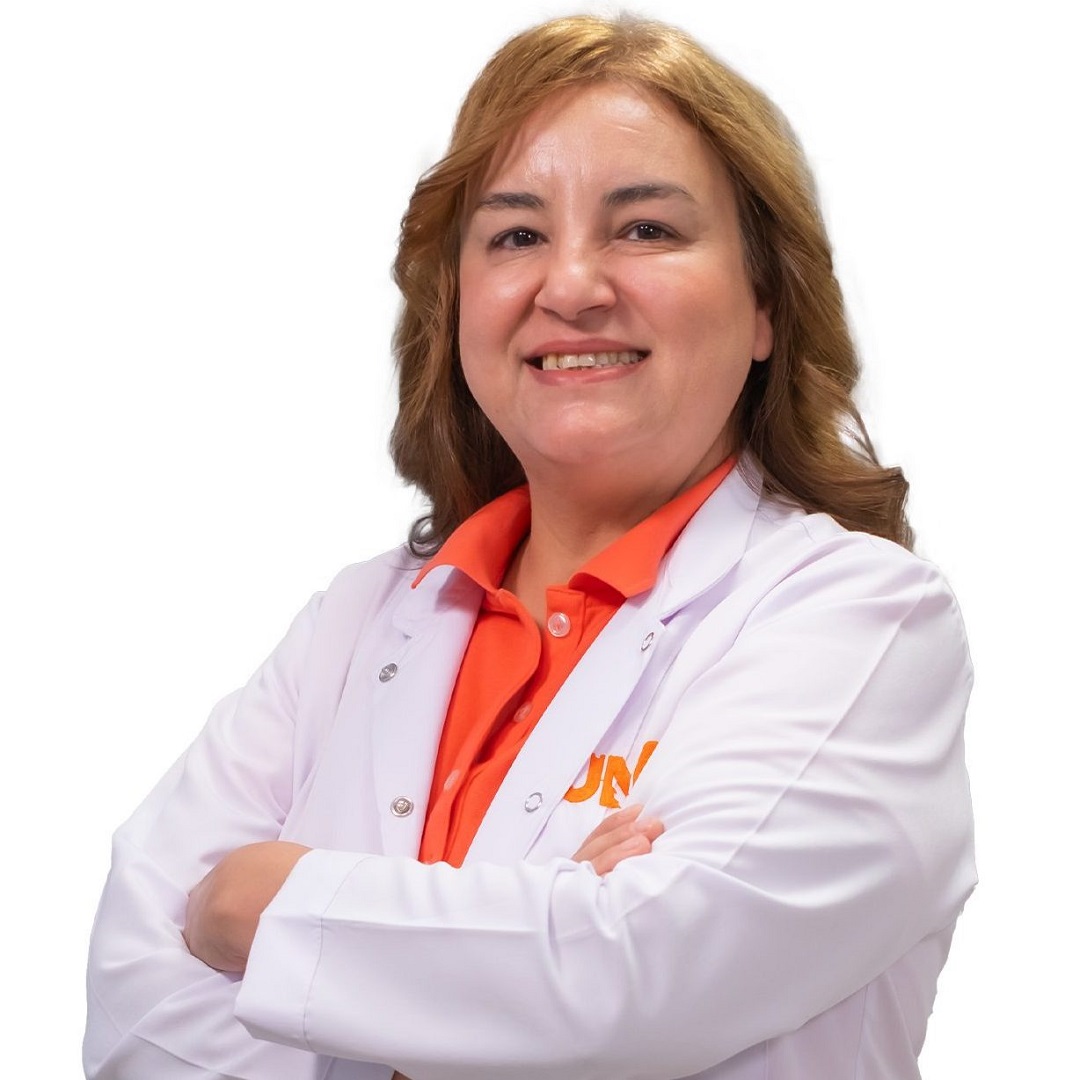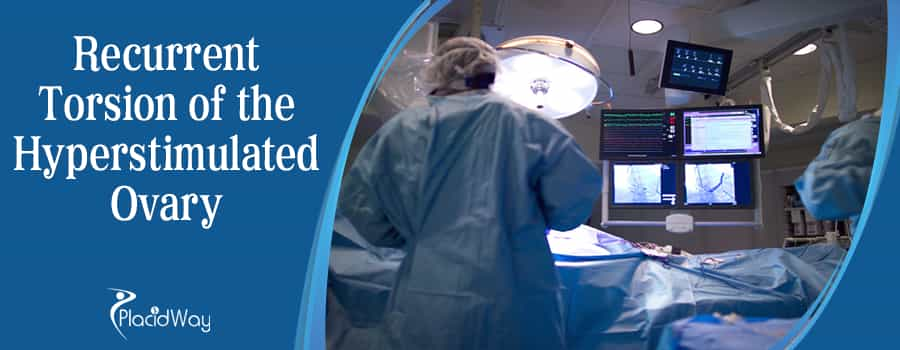
Recurrent Torsion of the Hyperstimulated Ovary
A Case Report and Review of the Literature.
By Selman Laçin, MD
Obstetrician and Gynecologist at Medicana International IVF Center in Istanbul, Turkey
Case: A 27-year-old patient admitted our IVF Clinic for severe male factor infertility. She was diagnosed with hyperresponsive ovarian reserve. IVF treatment was applied and embryo transfer was completed as planned. Two days after the embryo transfer, she was admitted to emergency department with severe right lower quadrant abdominal pain. She was diagnosed with moderate OHSS and possible right ovarian torsion. Doppler study was not conclusive about ovarian torsion. Antibiotic therapy was started and the pain decreased with injection of diclofenac sodium. With further episode of severe abdominal pain after 2 hours of admission, decision was made for emergency laparoscopy. During laparoscopy; uterus was normal in size, left ovary was 10×9 cm, right ovary was enlarged, 13×11 cm in size and gangrenous and twisted twice over the pedicle, with 500 ml of hemoperitoneum. De-torsion was performed gently and carefully and the change of color of ischemic bluish tube and ovary was remarkable. Peritoneal lavage was given and port closure done. She was discharged without any complain at the next morning.
Postoperatively, 48 hours later, she was admitted again with almost the same symptoms. The repeat Doppler and USG suggested 8X9 cm sized left ovary with normal blood flow and follicles. Doppler study was showed minimal ovarian blood flow and suggested recurrent right ovarian torsion. Emergency laparoscopy was performed, de-torsion was performed by laparoscopy again. The patient underwent also laparoscopic cyst aspirations for decreasing the size of the ovary and after that, using an intracorporeal suture technique, a laparoscopic oophoropexy was performed to prevent any further rotatory movement by suturing the ovary to the adjacent pelvic sidewall. Postoperative period was uneventful.
Discussion:Adnexal torsion is an emergency condition where the adnexa rotate on their pedicle with reported prevalence of 2.7% (1). In 20% of cases it accompanies with pregnancy, with right ovary more commonly affected probably because the sigmoid limits the mobility of the left ovary (1 ). Here we present a case of recurrent ovarian torsion. Our case followed the in vitro fertilization treatment, along with ovarian hyperstimulation syndrome.
Torsion of the adnexa, in the past, has traditionally been treated by adnexectomy because of the fear of emboli departing from thrombosed ovarian veins (2). Many reports until now have described successful conservative management with unwinding of the twisted adnexa (3). In PCOS, ovary volume is commonly more than 10 cubic cm and hence prone to torsion (1). By color doppler imaging, complete absence of arterial and venous flow in a morphologically abnormal ovary is a sine qua none of ovarian torsion. The most frequent finding is decreased or absent venous flow which may reflect early collapse of compliant venous wall (4). Tsafrir Z. et al reported that 45 % of the cases with ovarian torsion may give normal doppler findings (5). According to Nezhat et al. (6), a review of the literature shows the benefit of operative laparoscopy, with its good pregnancy outcome.
In a study of 94 women with adnexal torsion, Zweizig et al. (7) showed an overall morbidity of 12% in the group with salpingo-oophorectomy vs. 3% in the conservatively treated control group. Therefore, detorsion of the adnexa is generally recommended. In the literature, surgical methods included suturing of the ovary to the pelvic sidewall or to the round ligament and plication of the utero-ovarian ligaments. Also aspirations of the cysts inside the ovary to decrease the size of it may help in prevention. Tsafrir Z. et al reported that cyst drainage or cystectomy significantly reduced the chance of retorsion by 50% and 75%, respectively, compared to detorsion only (5).
Oophoropexy seems to be efficacious in preventing recurrent torsion. Surgical management to prevent recurrence has included ‘‘triplication’’ of utero-ovarian ligament by Germain et al. (8), where the ligament is plicated and shortened with a running stitch; ovariopexy, where the ovary is sutured to the posterior aspect of the uterus or to the lateral pelvic wall; Oophoropexy, although not evaluated in randomized trials, has been done in women of all ages as well as during pregnancy. Although not commonly done, oophoropexy has been performed laparoscopically with good results and has been recommended for childhood torsion and in women who have previously undergone an oophorectomy for prior ovarian torsion (9-10)
References:
1. Michele B, Giovanni S, Paolo T, Roberta Z, Vincenzo M. Adnexal torsion. Ultrasound Clin 2008;3:109-19.
2. Oelsner G, Bider D, Goldenberg M, Admon D, Mashiach S. Long-term follow-up of the twisted ischemic adnexa managed by detorsion. Fert Steril 1993;60:976–9.
3. Chew S, Ng SC. Laparoscopic treatment of a twisted hyper stimulated ovary after IVF. Singapore Med J 2001;42:228-9.
4. Chang HC, Bhatt S, Dogra VS. Pearls and pitfalls in diagnosis of ovarian torsion. Radiographic 2008;28:1355-68.
5. Tsafrir Z. Hasson J, Levin I, Solomon E. Adnexal torsion: cystectomy and ovarian fixation are equally important in preventing recurrence. Eur J Obstet Gynecol Reprod Biol. 2012 Jun;162(2):203-5.
7. Nezhat FR, Tazuke S, Nezhat CH, Seidman DS, Phillips DR, Nezhat CR. Laparoscopy during pregnancy: a literature review. J Soc Laparoendosc Surg 1997;1:17–27.
8. Zweizig S, Perron J, Grubb D, Mishell DR Jr. Conservative management of adnexal torsion. Am J Obstet Gynecol 1993;168:1791–5.
9. Germain M, Rarick T, Robins E. Management of intermittent ovarian torsion by laparoscopic oophoropexy. Obset Gynecol 1996;88:715–7.
10 Descargues G, Tinlot-Mauger F, Gravier A, Lemoine JP, Marpeau L. Adnexal torsion: a report on forty-five cases. Eur J Obstet Gynecol Reprod Biol 2001;98:91–6.
Conclusion:
Diagnosis of ovarian torsion needs high degree of suspicion. Presence of blood flow on Doppler indicates viability of ovary and not absence of torsion. Immediate laparoscopy and de-torsion is the treatment of choice. Losing the ovary due to delay in diagnosis is unacceptable especially in infertile female. When performed by trained surgeons, laparoscopy is safe for pregnant patients. In the first step, detortion should be performed. In case of recurrence, we recommend oophoropexy to avoid reappearance of the torsion. In cases of cystectomy or oophorectomy, replacement with Progesteron is mandatory during the first 12 weeks of pregnancy.





